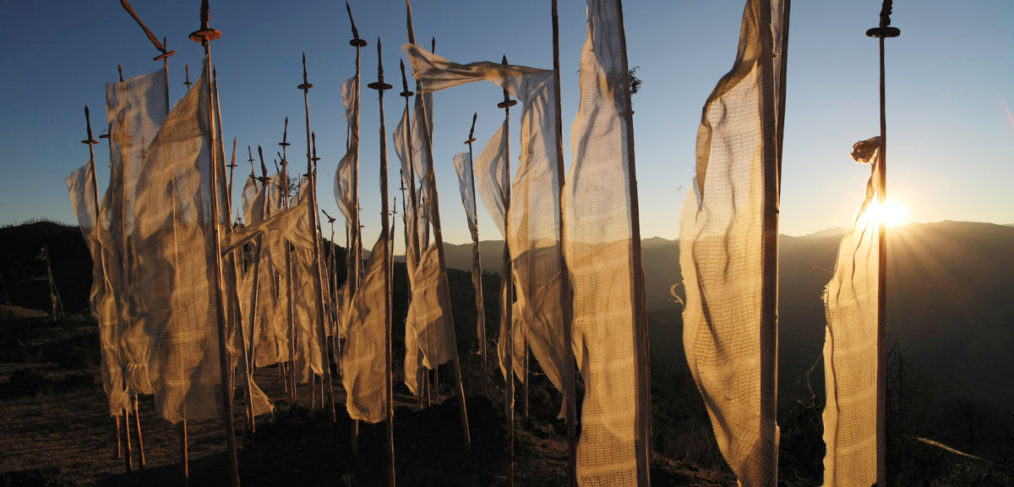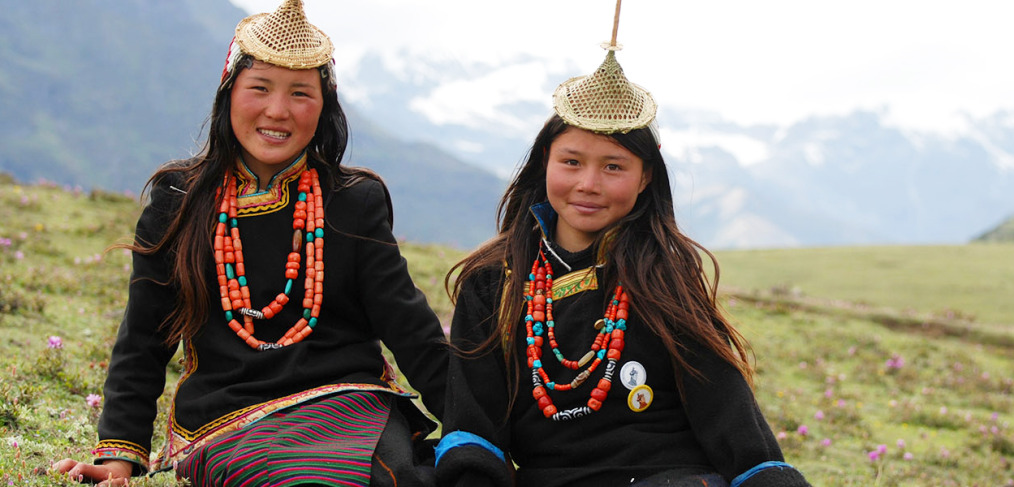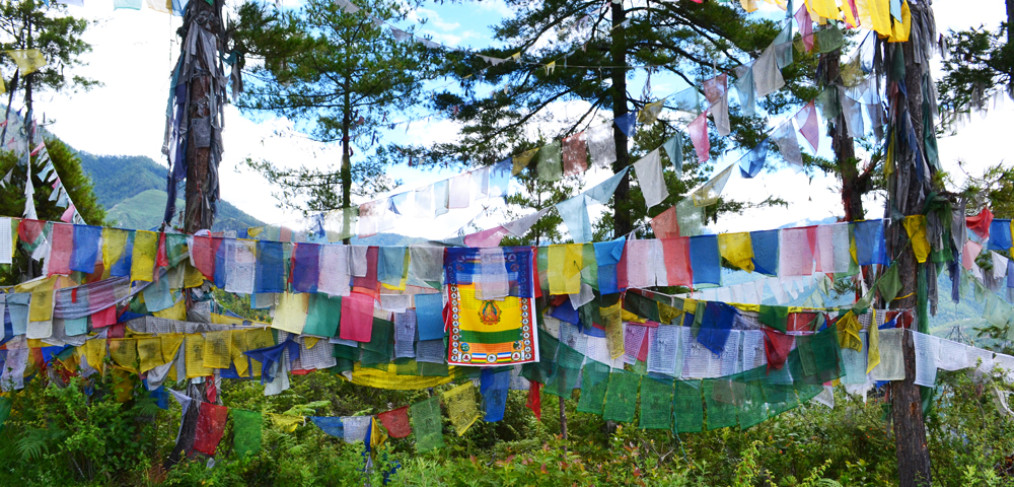Choki Nonprofit, for the benefit of all at the expense of none, is proud to sponsor Motivational Speaker, Photographer, Author, Fifa Agent and Spiritual Seeker, Donaldo Barros for a 21 day journey to Bhutan, one of the most inaccessible and unknown destinations in the world. Following the footsteps of Buddha’s teachings personally, Donaldo seeks the secret of true happiness to be used as an aid and inspiration to all. During his journey, Donaldo will be exploring some of the most sacred sites of Bhutan, while conveying his daily teachings of beauty and culture daily on social media with the world.
Barros believes that his visit to the land of the Thunder Dragon will encourage people to learn about the teachings of Bhutan for the world. “I feel that going to Bhutan is like having in my hands a proof of the statement: ‘The impossible exists until someone makes it possible’. With this opportunity there will be pages written that will be part of tomorrow’s history and that makes my responsibility even bigger. Do we want to change the world for good? This trip is my contribution in my efforts to do so, said Barros.”
During his journey, Barros will begin in the spiritual center of Punakha where he will visit the classroom supported by Choki at the Nalanda Buddhist Institute. There, he will spend several days learning from the lamas and interacting with the monks. Then, he will head north venturing to Gasa within the highlands of the Himalayas, where he will spend the next 19 days traveling by old footpaths to sites that are treasures of this world.
At Choki, we are excited to be collaborating with Donaldo Barros on this journey to benefit the Bhutanese community and the world. Through Donaldo’s vision and Bhutanese values, Choki hopes to express deep understanding of the Bhutanese people, by communicating the underlying causes of true happiness with the world.
Follow this amazing journey from Monday, May 16th through our Choki’s Fanpage or Choki’s Instagram @choki_org and stay tuned to discover what this great adventure might teach us.

Donaldo Barros – Established Motivational Speaker, Photographer, Author, and Spiritual Seeker




